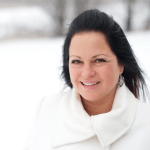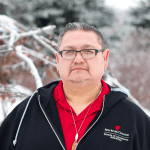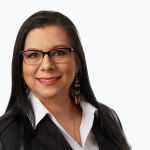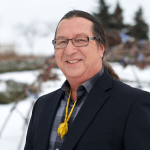Winnipeg artist releases free Anishinabee colouring sheets
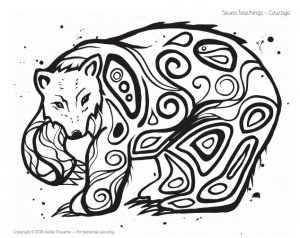 Winnipeg artist Jackie Traverse and her publisher Fernwood Publishing have released six free printable colouring sheets from her colouring books Sacred Feminine and IKWE for a relaxing stay-at-home activity for kids and adults. The beautiful images feature Ojibwe Florals, Courage from the Seven Teachings, selections “Honouring Women, Life Givers, and Water Protectors,” and more.
Winnipeg artist Jackie Traverse and her publisher Fernwood Publishing have released six free printable colouring sheets from her colouring books Sacred Feminine and IKWE for a relaxing stay-at-home activity for kids and adults. The beautiful images feature Ojibwe Florals, Courage from the Seven Teachings, selections “Honouring Women, Life Givers, and Water Protectors,” and more.
Click here to download the colouring sheets.
The Anishinabee artist’s work was recently unveiled as one of the main design features of the College’s new 100,000 square-foot Innovation Centre, currently under construction on in the Exchange District. The piece will span approximately 1,000 square-feet across the inside and outside of the building’s fourth floor ceiling, and will be visible from blocks away.
Now we can all have a piece of her artwork in our homes!
Miigwech!
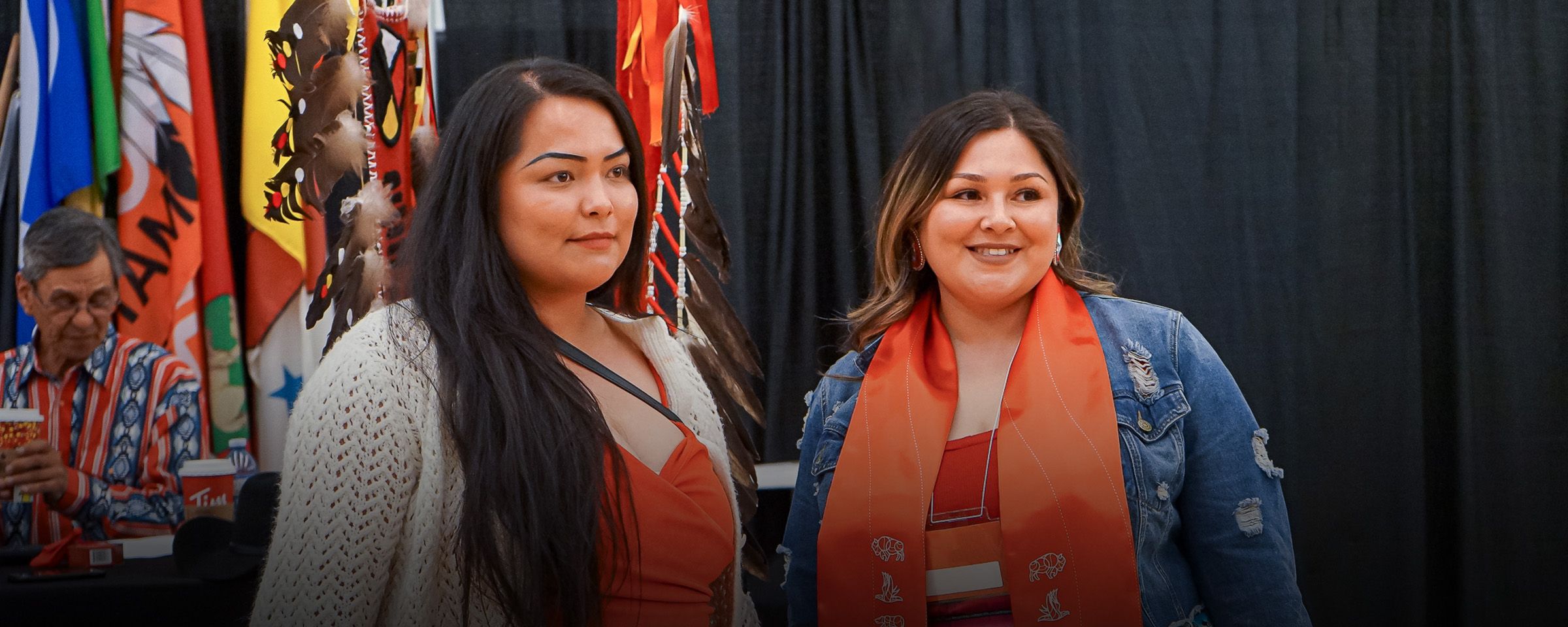
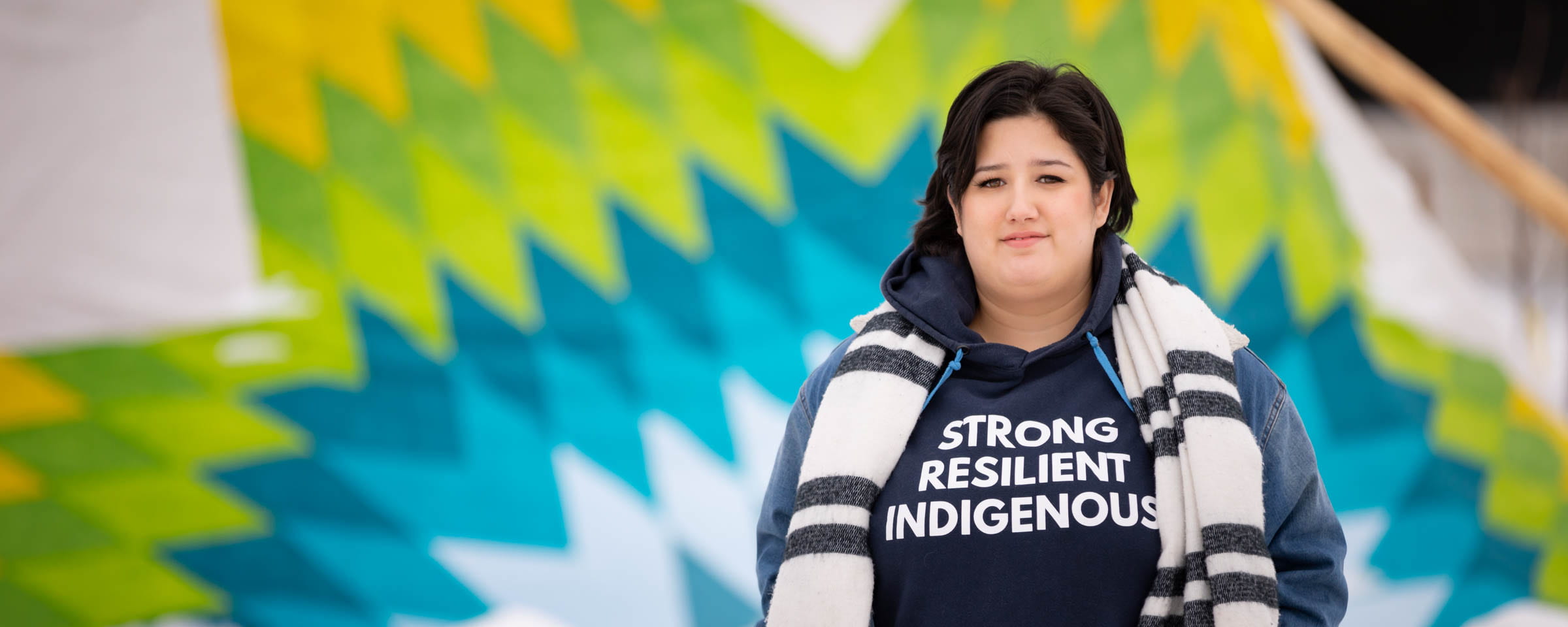
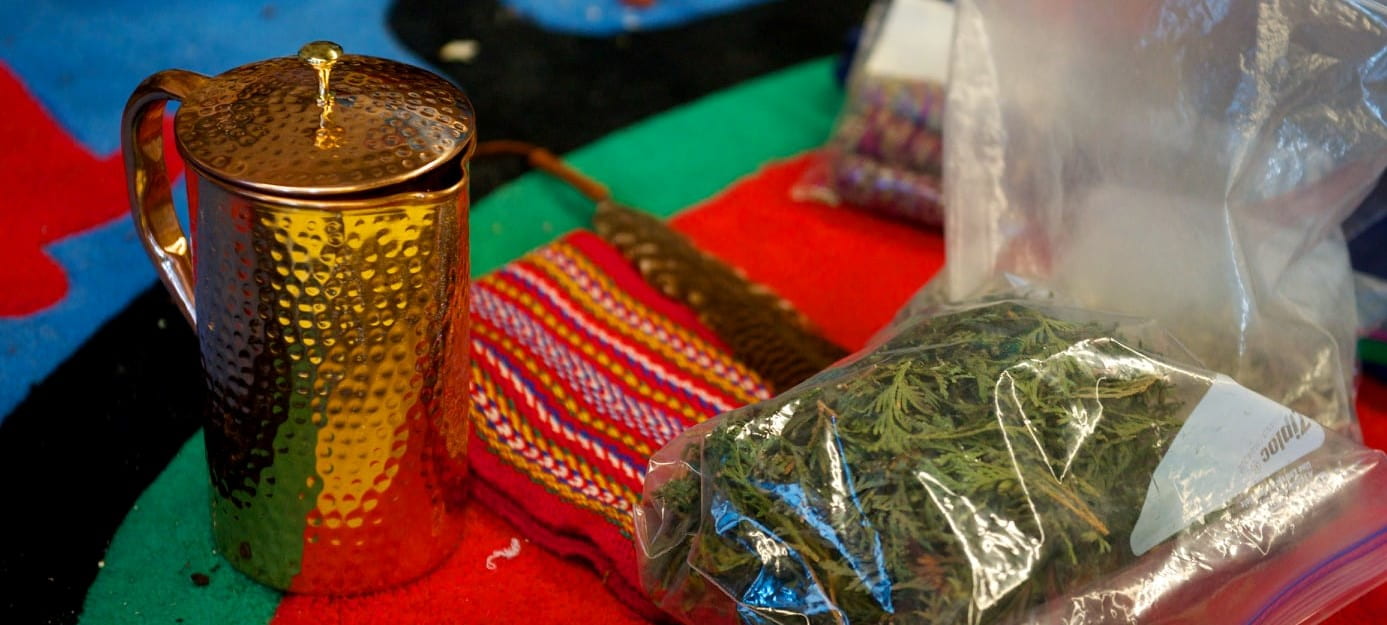
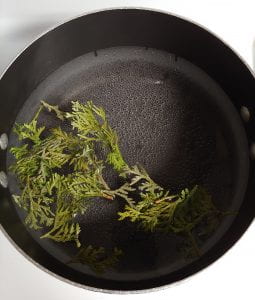 Cedar, along with tobacco, sage and sweet grass, is one of four sacred medicines recognized in many Indigenous communities for ceremony, healing, and wellness. These four medicines can be used in ceremony separately, or in any combination, especially if there is a certain goal to be achieved. In particular, cedar is used for healing, restoring balance and protection against disease. Not only does cedar have anti-inflammatory effects, improves respiratory organs and decontaminates the air, the aroma is comforting and calming.
Cedar, along with tobacco, sage and sweet grass, is one of four sacred medicines recognized in many Indigenous communities for ceremony, healing, and wellness. These four medicines can be used in ceremony separately, or in any combination, especially if there is a certain goal to be achieved. In particular, cedar is used for healing, restoring balance and protection against disease. Not only does cedar have anti-inflammatory effects, improves respiratory organs and decontaminates the air, the aroma is comforting and calming.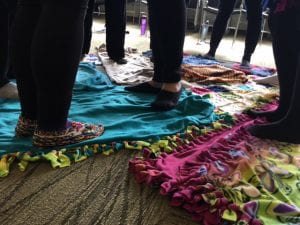 Red River College staff are taking advantage of a new opportunity to learn more about Canada’s history and Indigenous culture through the Blanket Exercise, which is named for the blankets participants walk on that represent North America.
Red River College staff are taking advantage of a new opportunity to learn more about Canada’s history and Indigenous culture through the Blanket Exercise, which is named for the blankets participants walk on that represent North America.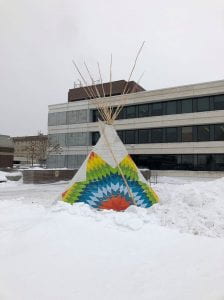
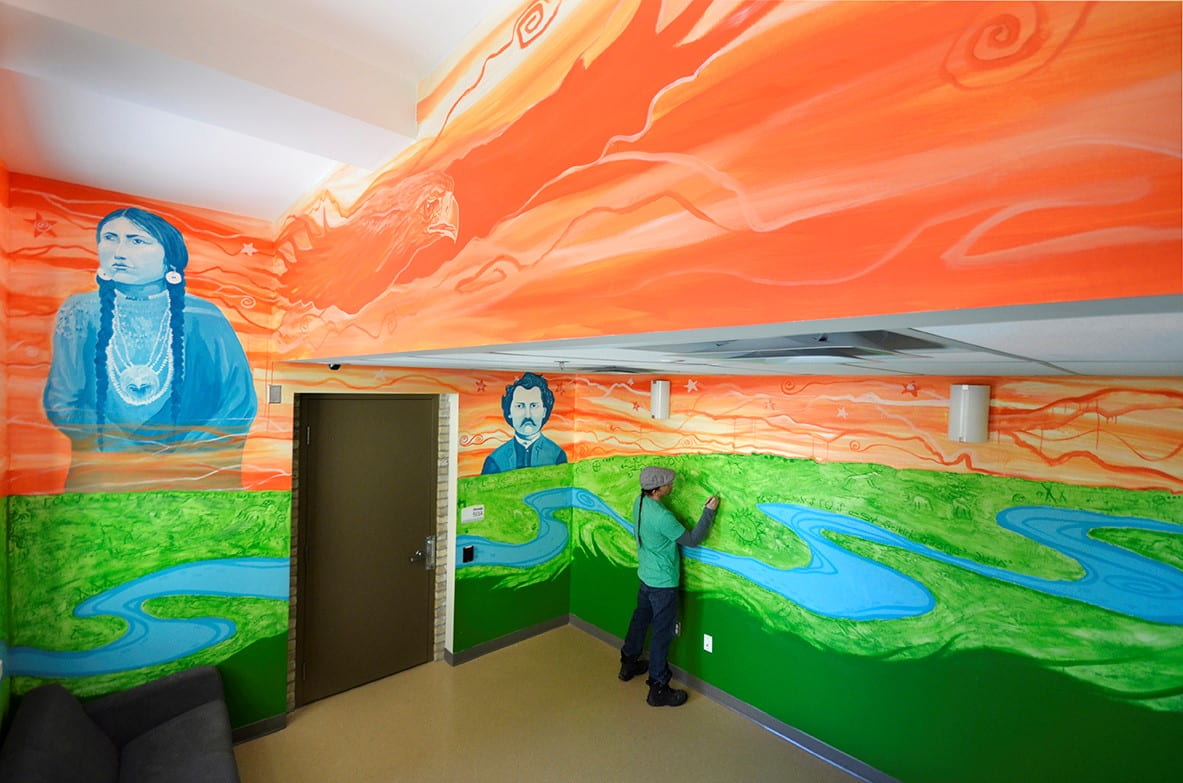 A new mural at Red River College’s Paterson GlobalFoods Institute aims to create an inviting space where Indigenous students can feel inspired, represented and connected to their history.
A new mural at Red River College’s Paterson GlobalFoods Institute aims to create an inviting space where Indigenous students can feel inspired, represented and connected to their history.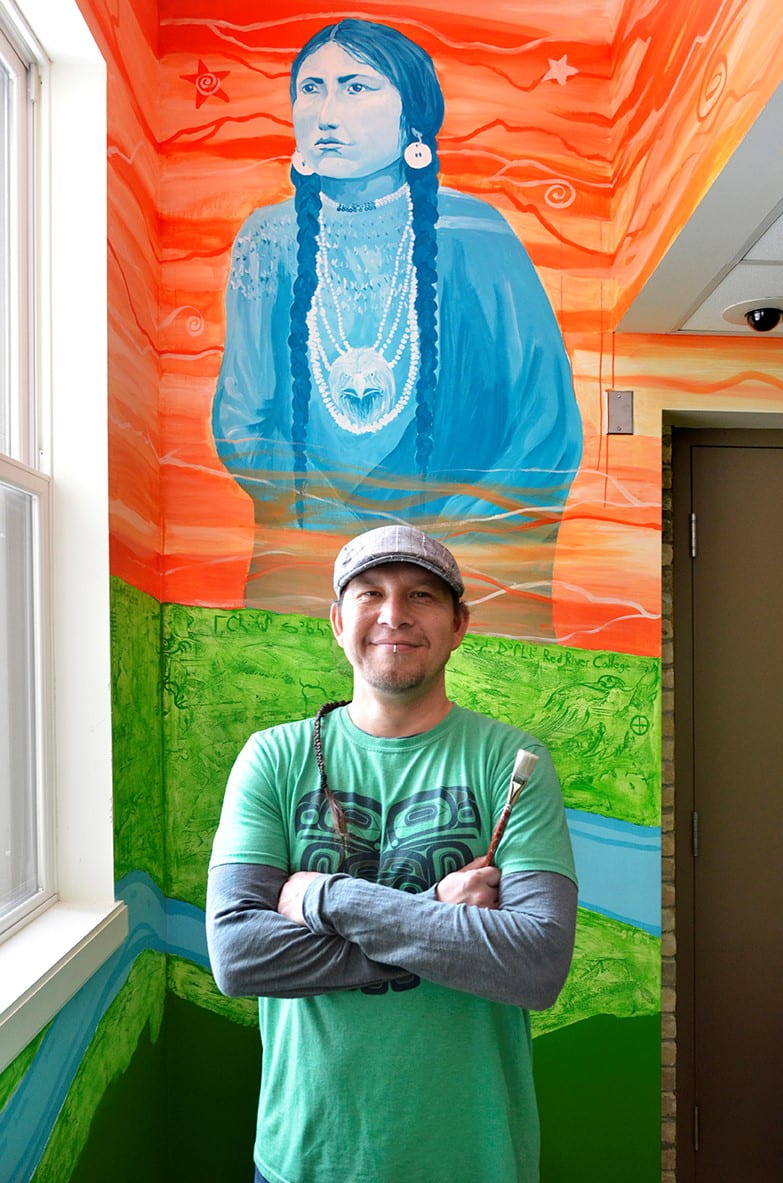 Boulanger painted three portraits so that students will see themselves in the artwork. There’s a male warrior, a female (inspired by a photo of Elvis Presley’s Cherokee great-great-grandmother, Morning Dove White) and Louis Riel, as an homage to Manitoba’s Métis history. Even Boulanger’s young daughters had a hand in painting the mural, an ongoing tradition he started so they can see their own gifts being shared.
Boulanger painted three portraits so that students will see themselves in the artwork. There’s a male warrior, a female (inspired by a photo of Elvis Presley’s Cherokee great-great-grandmother, Morning Dove White) and Louis Riel, as an homage to Manitoba’s Métis history. Even Boulanger’s young daughters had a hand in painting the mural, an ongoing tradition he started so they can see their own gifts being shared.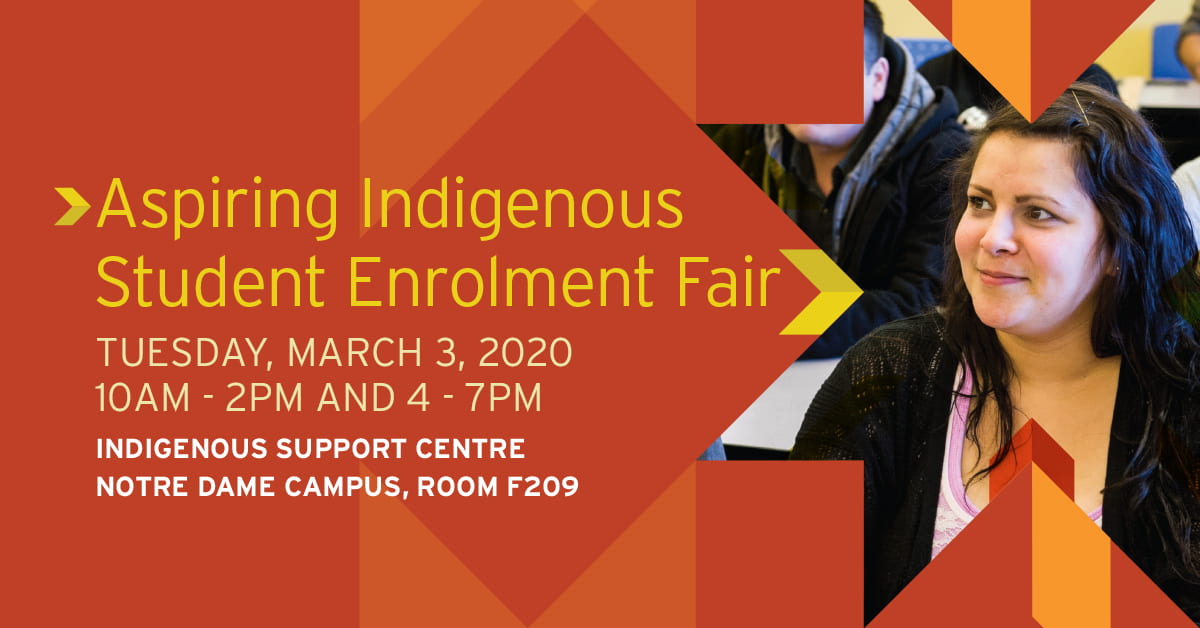
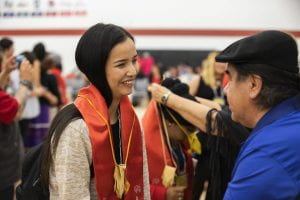 Red River College’s School of Indigenous Education is pleased to announce the Mínwastánikéwin Truth and Reconciliation Award in partnership with the Red River College Campus Store to support Indigenous learners. This new award came together from RRC students, staff and faculty purchasing specially designed t-shirts at the Campus Store that bring awareness to Indigenous issues.
Red River College’s School of Indigenous Education is pleased to announce the Mínwastánikéwin Truth and Reconciliation Award in partnership with the Red River College Campus Store to support Indigenous learners. This new award came together from RRC students, staff and faculty purchasing specially designed t-shirts at the Campus Store that bring awareness to Indigenous issues.